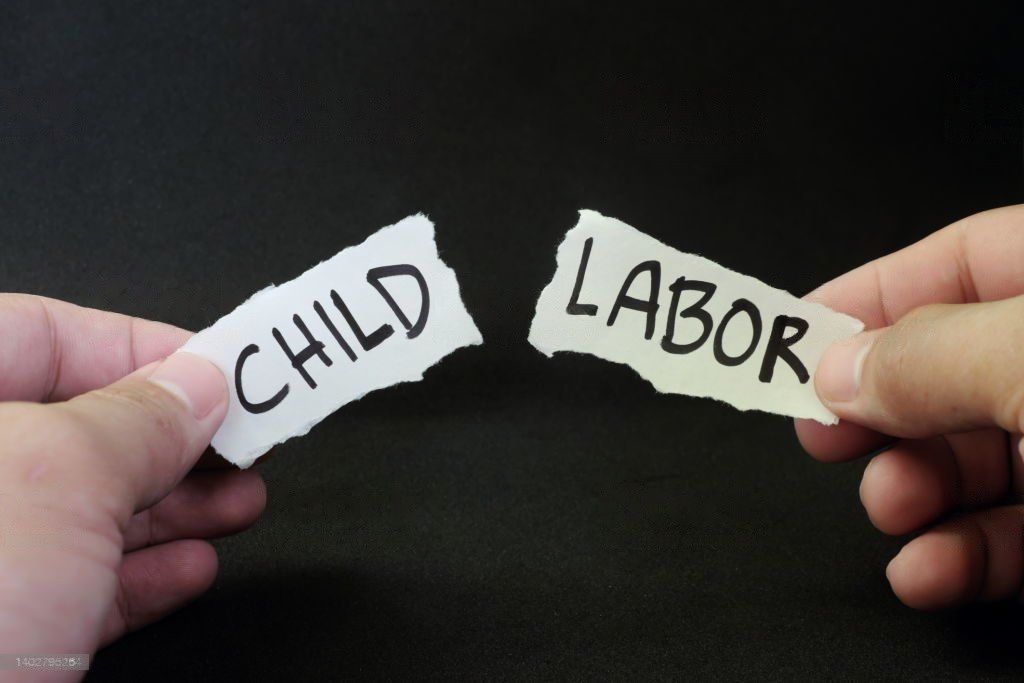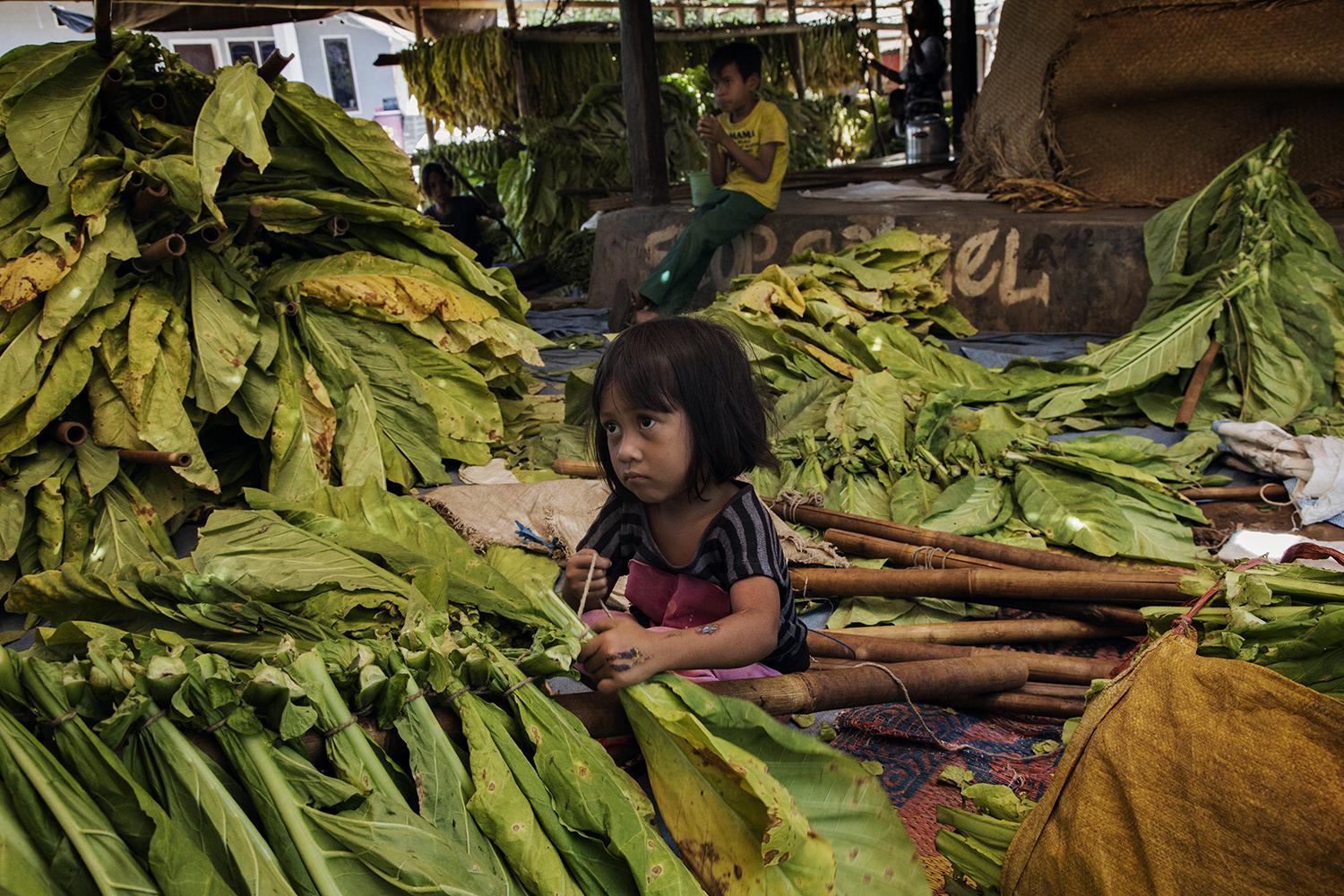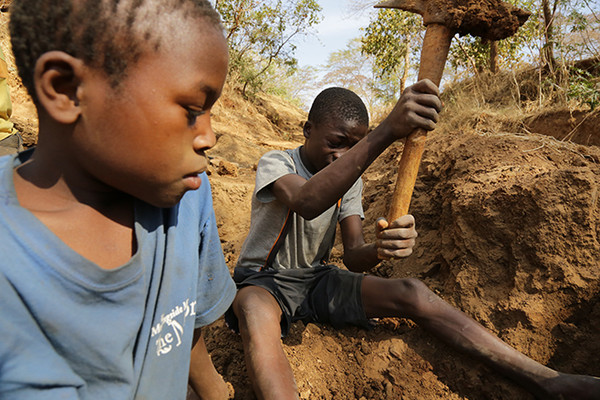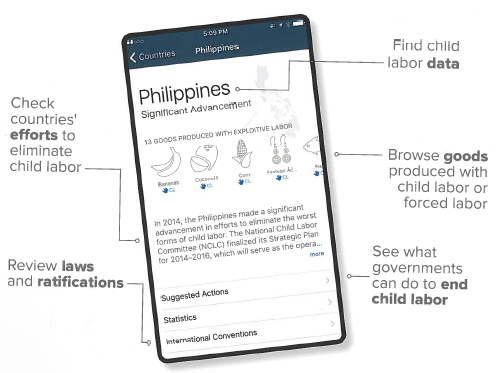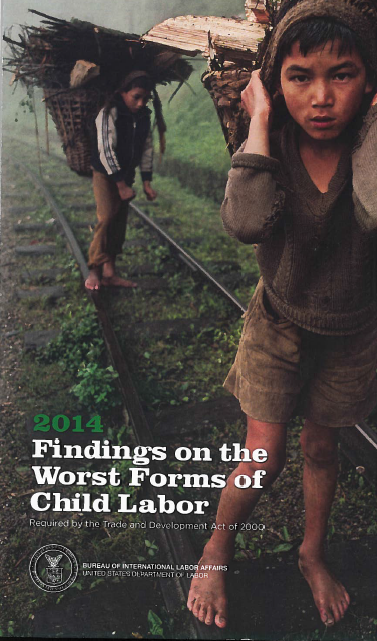U.S. DOL obtains order to force Los Angeles-area meat processor, staffing agency to give up $327,000 in profits from oppressive child labor
USDOL News Release June 25, 2024
Investigation revealed children working dangerous jobs, unlawful hours
CITY OF INDUSTRY, CA – The U.S. Department of Labor has obtained a consent judgment in a federal court ordering a City of Industry meat processor and a Downey staffing agency to surrender $327,484 in illegal profits made from sales of products associated with oppressive, exploitative child labor. The judgment also requires the employers to pay the department $62,516 in penalties.
The June 20, 2024, judgment in the U.S. District Court for the Central District of California in Los Angeles follows an investigation by the department’s Wage and Hour Division that determined A&J Meats and The Right Hire jointly employed and endangered children as young as 15 by tasking them to use sharp knives, allowing them to work inside freezers and coolers, and to scheduling them to work at times not permitted by law, all in violation of federal child labor regulations.
“A&J Meats and The Right Hire knowingly endangered these children’s safety and put their companies’ profits before the well-being of these minors,” said Western Regional Solicitor of Labor Marc Pilotin in San Francisco. “These employers egregiously violated federal law and now, both have learned about the serious consequences for those who so callously expose children to harm.”
Specifically, division investigators found that children worked at the facility more than three hours a day on school days, past 7 p.m. and more than 18 hours per week while school was in session. The Fair Labor Standards Act forbids employers from employing children under age of 18 in dangerous occupations, including most jobs in meat and poultry slaughtering, processing, rendering and packing establishments.
The judgment also forbids A&J Meats, owner Priscilla Helen Castillo, and The Right Hire staffing agency from future FLSA violations and from trying to trade goods connected to oppressive child labor. In addition, all three parties must also provide annual FLSA training for at least four years and submit to monitoring by an independent third-party for three years.
Castillo’s father, Tony Bran, has also been the found illegally employing children at three poultry processing companies he operates. In October 2023, the same California court ordered his companies to stop endangering children, withholding pay, retaliating, and shipping “hot goods” produced in violation of overtime and child labor laws.
“No employer should ever profit from exploited children,” said Wage and Hour Division Regional Administrator Ruben Rosalez in San Francisco. “When we find children employed in violation of the law, we will take steps to ensure that we can hold all employers accountable under the law. Companies that use staffing agencies to meet their labor needs cannot escape liability for child labor violations when they are in fact also employers themselves.”
The department encourages businesses to monitor their supply chains closely to make sure the goods they purchase, produce and sell are not made with oppressive and illegal child labor.
The department continues to combat child labor abuses and wage theft in the poultry and meat processing industries. This judgment follows numerous cases in California and nationwide where meat processing facilities were found illegally employing children and endangering their safety and wellbeing.
Learn more about the Wage and Hour Division, including a search tool to use if you think you may be owed back wages collected by the division. Workers and employers can call the division confidentially with questions or concerns – regardless of where they are from – and the department can speak with callers in more than 200 languages at its toll-free number, 1-866-4-US-WAGE (487-9243). Help ensure hours worked and pay are accurate by downloading the department’s Android and iOS Timesheet App for free in English or Spanish.


